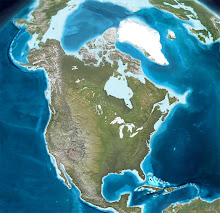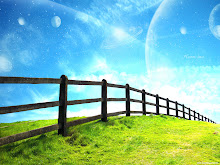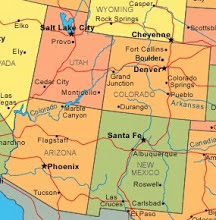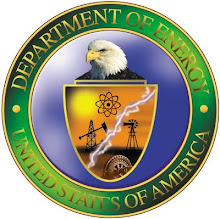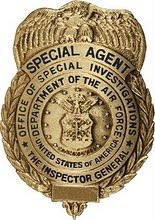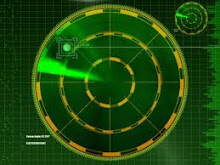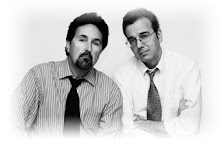By Steve Hammons
Sunday, February 14, 2010
‘Avatar’ also story of deep DNA within many Americans
The blockbuster movie Avatar has triggered interesting discussions and perceptions by a wide range of observers and moviegoers.
However, have we missed some aspects of particularly relevant elements of the film?
There are millions of Americans who carry Native American Indian DNA with them. Yet, many of these people may consider themselves “white,” “black” or “brown.”
Might they also now be going through a transformation similar to some of the characters in Avatar?
James Cameron expands our views of other possibly-inhabited worlds and enhances our perspectives on planet Earth. In the movie, we see a people, the Na’vi, who are similar to Native American Indians.
Three of the main characters, particularly the character Jake Sully (played by Sam Worthington), move their consciousness from their human bodies to hybrid, combined-DNA bodies similar to the Na’vi.
As they visit and live with the Na’vi, they come to appreciate and understand this unique culture, and eventually choose to help them defend their land.
Is Jake’s experience of living within a combined-DNA body similar to the many Americans who have mixed-ethnicity backgrounds – especially those with Native American Indians in their family trees?
WIDESPREAD CHEROKEE DNA
An especially relevant example of this situation is the history of the intermingling of Cherokee and early English, Scottish and Scots-Irish trappers, hunters and explorers in the Appalachian Mountain region, primarily during the 1700s.
The Cherokee culture and civilization had thrived for thousands of years in that mountain area that we now call northern Georgia and Alabama, up through North Carolina, Tennessee and the surrounding region.
The matrilineal society of the Cherokee allowed significant independence and freedom for women. And when lonely European men first made their way into Cherokee lands in the early 1700s, Cherokee women were free to develop relationships with them. Nature took its course and babies of mixed ethnicity were born.
As the decades passed, this mixing of ethnic groups present in the Appalachian region continued. By 1800, there were large numbers of mixed-ethnicity people living there.
By the time of the infamous “Trail of Tears” in 1838 – the round-up and forced march to Oklahoma of the remaining Appalachian Cherokee – there were several generations of this mixed-ethnicity population.
Many Cherokee and mixed-ethnicity people had already left the region in previous years. Having seen the writing on the wall, they left their ancestral homeland for places like Arkansas, Missouri, Oklahoma and other areas to the west.
By doing so, they avoided the Trail of Tears, on which approximately 4,000 men, women and children died from hardship, cold, starvation and illness.
Those mixed-ethnicity people who could “pass as white” in the region around the Appalachian Mountains often did so. With Scottish or English names, these people found it wise to self-identify as white due to significant social and legal discrimination against Native American Indians such as the Cherokee.
Over later decades, as many generations of Americans intermarried, this genetic and cultural connection in large numbers of American families became just a family story that no one was quite sure about.
Today, millions of Americans have Cherokee or other Native American Indian DNA within them.
Some know it. Some wonder about it. Some suspect it. And many have no idea about this element of themselves and within themselves.
EMERGING CONSCIOUSNESS
Current research in genetics and DNA is making great strides, some people say dangerously so. Much DNA has been mapped and we can identify certain genes which may contribute to physical characteristics or medical conditions.
We can send a sample of a swab from our cheek to DNA testing labs to obtain information about our ancient ancestry.
But there is much about the DNA within us that we do not understand. Much of it is unidentified and its roles are not entirely clear.
Some people wonder what part our DNA plays in our personality, perspectives and consciousness.
And, could certain elements of deep DNA, such as ancient Native American Indian genetic background, emerge in our thinking and feeling in some way today?
Like Jake Sully in Avatar, many of us may be experiencing new kinds of viewpoints and feelings about life, Nature and spiritual awareness based on the Cherokee or other tribal DNA and ancient memories within us.
The millions of Americans today who have Cherokee, Native American Indian or other tribal backgrounds within them might be undergoing a transformation. The push and pull within these Americans might be a struggle between different kinds of viewpoints and feelings that have connections to ancient DNA and ancient consciousness.
In some ways, maybe this is also a struggle to not only identify and understand our ancient ancestors within us, but to also experience them here and now in our daily lives and challenges.
As we know, Cameron’s Avatar is not only a fantasy about the future of far-away moon like Pandora or the experiences of the Na’vi people, it is about Earth and the human race today.
Many Americans may be experiencing the confusing and conflicting feelings, challenging decision-making, emerging perspectives and transformation of consciousness that Jake Sully experienced in Avatar.






























